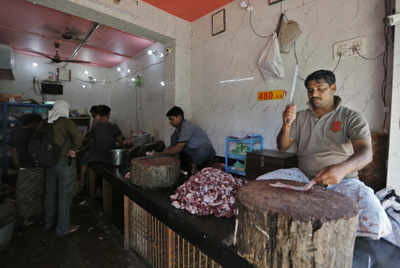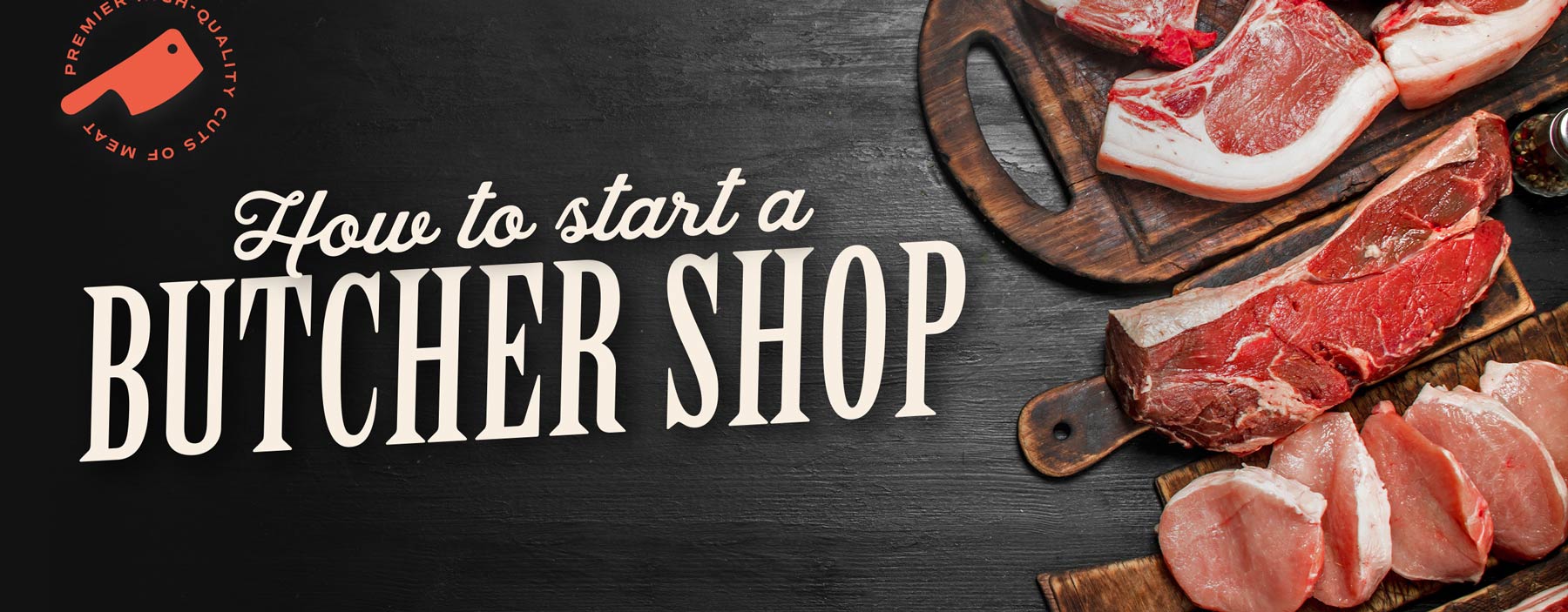Raise Your Meals with Bagley Farms Meat Market: Crafting Culinary Delights Since Beginning
From Ranch to Table: Welcoming the Practice of Meat Markets and Butcheries
In an era dominated by convenience and mass production, there exists a peaceful revolution occurring in the culinary world - a return to the origins of food sourcing through the custom of meat markets and butcheries. These facilities, typically ignored in the darkness of grocery stores, are experiencing a renewal as critical customers seek quality, traceability, and a link to the beginnings of their food. What is driving this change back to the methods of old? The response depends on the junction of heritage techniques, moral factors to consider, and a need for a much more authentic gastronomic experience.
The Renewal of Meat Markets
The renewal of meat markets across numerous areas suggests a shift in the direction of a restored recognition for locally sourced, top quality meats. In recent times, consumers have actually ended up being much more conscious of the beginnings of their food, resulting in a growing need for transparency and sustainability in the meat sector. This pattern has led the way for the rebirth of traditional meat markets and butcheries, where consumers can straight interact with educated butchers and resource their meat from neighboring ranches.
One of the essential driving variables behind this revival is the need for better and fresher items. By acquiring meat from neighborhood markets, consumers can ensure that they are getting fresh cuts that have not taken a trip cross countries or been being in storage space for prolonged durations. In addition, supporting regional meat markets helps boost the local economic situation and advertises area connections.
Additionally, the resurgence of meat markets lines up with the more comprehensive movement in the direction of supporting small-scale farmers and lasting agricultural techniques. By selecting to buy from these facilities, customers are not only obtaining far better quality meat however additionally adding to a much more honest and eco friendly food system.
Craftsmanship in Butcheries
With the rebirth of meat markets emphasizing high quality and sustainability, the emphasis changes towards acknowledging the detailed craftsmanship presented in contemporary butcheries. Craftsmanship in butcheries surpasses simply cutting meat; it embodies a deep-rooted custom of experience and precision in dealing with various cuts of meat - Bagley Farms Meat Market. Butchers, usually educated for years, possess a wide range of expertise on the makeup of pets, blade skills, and the art of breaking down carcasses effectively
In modern-day butcheries, workmanship appears in the means butchers meticulously resource their meat, ensuring high standards of quality and honest methods. They take pride in recognizing the provenance of the meat they offer, working carefully with regional farmers and vendors to use consumers complete transparency and traceability.

Locally Sourced Meat Top Quality
Amid the growing passion in lasting methods, an emphasis on locally sourced meat quality has ended up being increasingly noticeable in the meat market industry. Consumers are progressively looking for transparency in the sourcing and manufacturing of their meat, bring about a rise sought after for in your area raised and why not check here processed meats.
In your area sourced meat supplies various benefits, including fresher items, support for regional farmers, and minimized environmental effect as a result of lowered transport ranges. By purchasing meat from nearby ranches and butcheries, customers can have much more self-confidence in the quality and safety and security of the products they are acquiring.
Moreover, in your area sourced meat usually comes from animals that have actually been raised in much more humane conditions, with a concentrate on animal well-being and lasting farming practices. This ethical technique to meat manufacturing resonates with numerous consumers who are worried concerning the origins of their food and its effect on the setting.
Farm-to-Table Buying Experience
In the realm of locally sourced meat top quality, the farm-to-table purchasing experience uses customers a direct connection to the origins of their food. This special shopping experience permits clients to map the trip of their meat, from the farm where the animals were raised to the table where it will be enjoyed. By engaging in farm-to-table buying, individuals can gain a much deeper understanding of the farming methods, pet well-being requirements, and sustainability initiatives associated with producing their meat.

Custom Meets Modern Culture


The merging of traditional meat markets and butcheries with modern society provides a distinct chance for the preservation of artisanal methods in a contemporary context. While contemporary improvements have changed various markets, the significance of traditional meat markets and butcheries remains deeply rooted in history and workmanship. advice This mix of practice and modernity enables for the continuation of time-honored techniques while adapting to the requirements and preferences of today's consumers.
In today's fast-paced world, where comfort usually defeats top quality, there is an expanding recognition for the heritage and authenticity that standard meat markets and butcheries offer. Consumers are increasingly looking for transparency in the sourcing and manufacturing of their food, leading them back to the customized service and experience located in these facilities. Additionally, the focus on sustainability and ethical methods aligns with the values this promoted by several traditional meat markets and butcheries, promoting a feeling of area and obligation towards the setting.
As culture continues to advance, the coalescence of practice and modernity in meat markets and butcheries not just makes sure the preservation of artisanal methods however additionally improves the culinary landscape with a blend of heritage and advancement.
Conclusion
Finally, the tradition of meat markets and butcheries is experiencing a revival in modern society. These establishments use locally sourced meat of top quality, offering a farm-to-table purchasing experience for consumers. The craftsmanship and competence found in butcheries add to the credibility and worth of the products supplied. By embracing this tradition, people are able to get in touch with their food in a purposeful way, linking the space in between the past and the existing - Bagley Farms Meat Market.
In a period dominated by comfort and mass production, there exists a quiet revolution taking place in the culinary world - a return to the roots of food sourcing via the custom of meat markets and butcheries.The renewal of meat markets across numerous areas shows a change in the direction of a renewed appreciation for locally sourced, high quality meats.With the resurgence of meat markets stressing top quality and sustainability, the focus shifts towards recognizing the intricate craftsmanship showed in modern butcheries. Craftsmanship in butcheries goes beyond just cutting meat; it embodies a deep-rooted tradition of proficiency and accuracy in handling different cuts of meat.In today's fast-paced world, where benefit typically overtakes high quality, there is a growing appreciation for the heritage and authenticity that conventional meat markets and butcheries use.